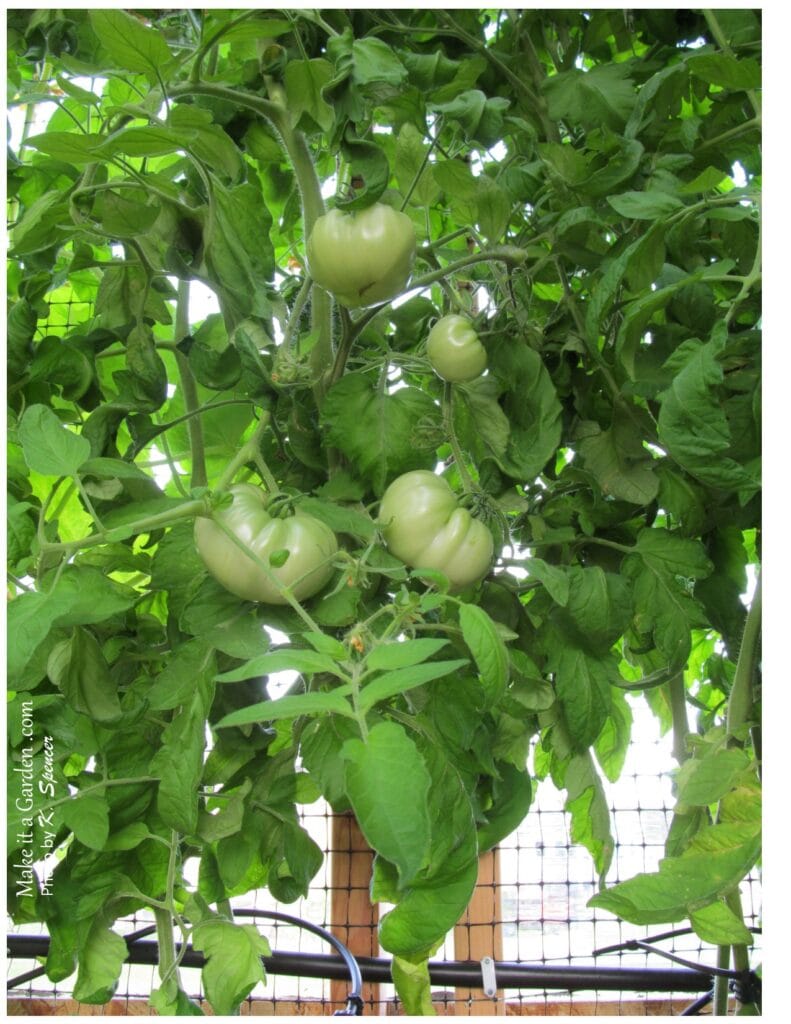
When Aaron Rudd decided to build a greenhouse to grow some veggies, it was only an experiment, “just to see if I would like it”, he said. Two years later, and it’s a virtual salsa explosion. Cucumbers. Tomatoes. Every pepper under the sun. In the process, he took the leap to automated systems rigging up his backyard greenhouse with drip irrigation.
Does he like it? “Oh, I love it!” Rudd says, with a big grin. Even though his mother and his grandmother were spectacular gardeners, he had some reservations at first. It would appear the ‘green thumb’ runs in the family. And what better location to learn the ins and outs of growing vegetables than in the heart of the farming community in Palmer, Alaska.
All in the family
I’ve read and listened to stories of people who love gardening. As adults, they’ll often start their own garden because of positive childhood experiences with a mom or dad or grandparent who had a garden.
Such is the case with Rudd. As a kid, Rudd recalls spending a lot of summers with his grandmother. She had raised garden beds with lettuce and carrots and giant sunflowers. In addition, his grandparents had a huge, glass greenhouse with the whole hydroponic set up. “She grew everything“, he said. Cucumbers, tomatoes, you name it. Maybe it’s not a coincidence that those are some of the main vegetables that Rudd delights in growing today.
His mother also had a greenhouse with a pro set up. With that kind of exposure to bells and whistles gardening, Rudd was more inclined to experiment with automation and a backyard greenhouse with drip irrigation.
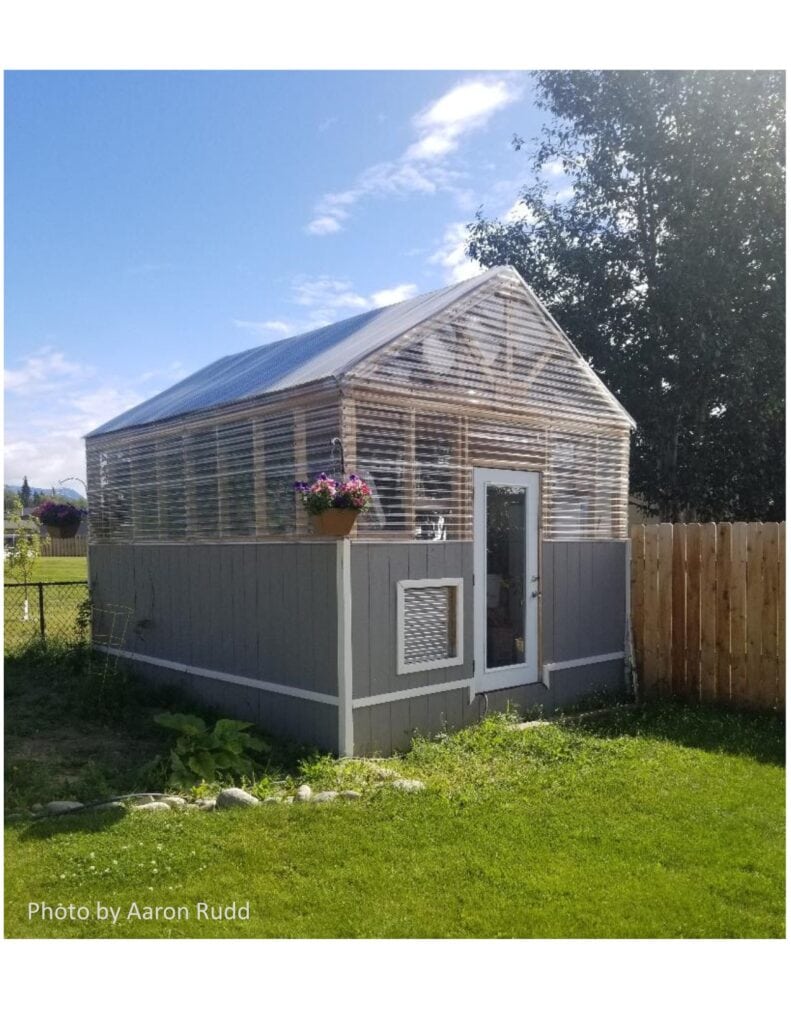
A Special Greenhouse
Aaron Rudd is a “do-it-yourself’ type of guy. Although he initially shopped on-line for a greenhouse kit, the size and weight of the package made shipping costs to Alaska more than he was will to pay. So he talked himself into building one with materials he could find locally at more affordable prices.
Rudd’s greenhouse design emerged from ideas he sketched out on paper. It’s 12×16 and based on a commercial shed kit, but the rest of it was of his own imagination. He used left-over lumber scraps from a deck building project and got whatever else he needed from a local hardware store. His brother came over and working together, they handmade the tresses from scratch.
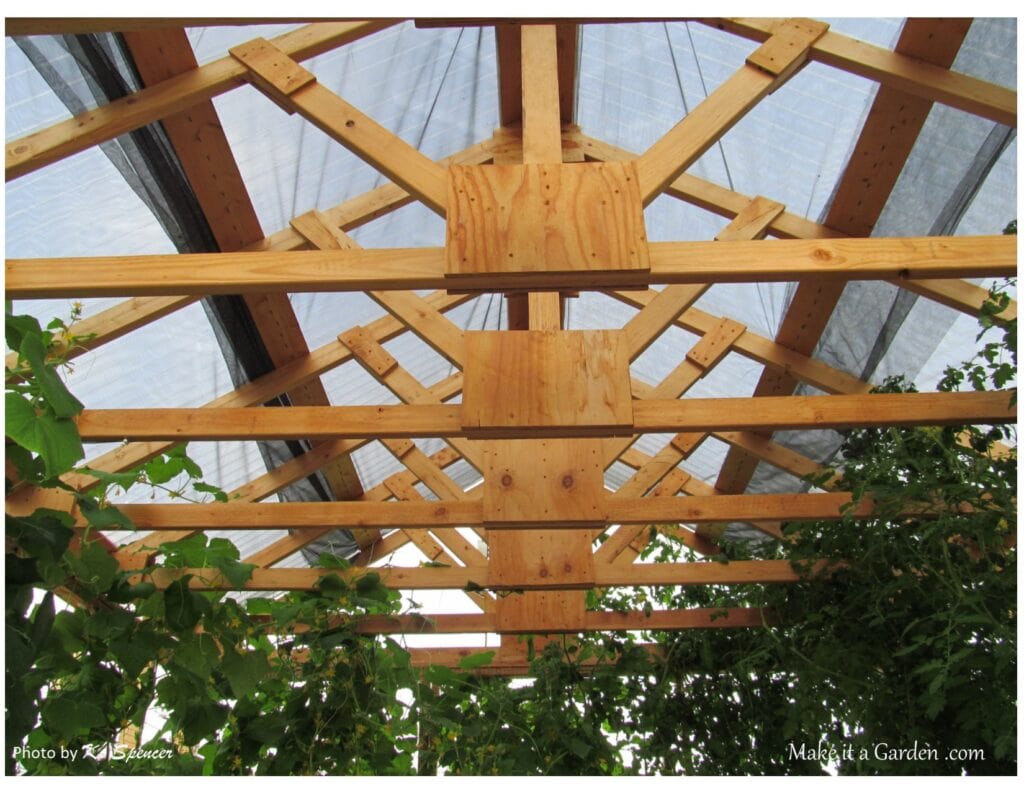
The roof pitch is such that it will easily shed snow and he added a shade cloth over the top. Alaska summers make up for three short months by having long days. By June, Palmer receives about 22 hours of daylight. Rudd’s location in the center of the valley is bathed in light from sunrise to sunset at 11pm.
Additionally, he reinforced the greenhouse to withstand the winds that often barrel down from the mountains with impressive force.
Lessons from the first year
Rudd started out by growing vegetables in large, black nursery pots, the way many gardeners do. Except that watering by hand turned out to be a bigger chore than he bargained for.
Those pots just weren’t deep enough for his plants to develop a good root system, he discovered. That meant that they were constantly drying out and it was all he could do to keep them watered on an almost daily basis.
He also admits that enthusiasm got ahead of him. Plantings got mixed up and many containers didn’t get properly labeled. That was kind of a disappointment to Rudd. “I planted one of everything”, he explained. “I like to try different varieties to see which ones taste the best. Which ones we like in terms of quantity and quality so I’d know what to grow and what to pass on for the next year.” Oh, well.
In the end–while his harvest turned out ok– it wasn’t like he expected. There were too many memories from his Mother and grandmother’s garden floating around in his head. He could improve and was determined to do it.
Backyard greenhouse with drip irrigation
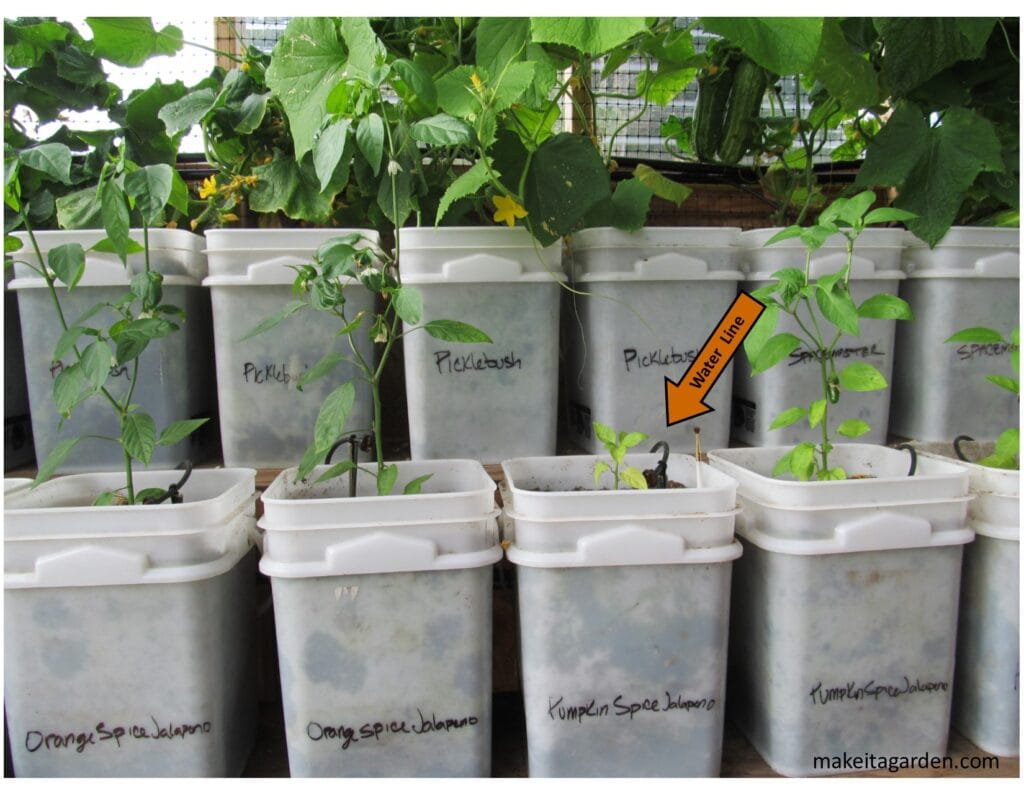
If anything, that first summer convinced him there had to be an easier way. His grandma had used a pump system to irrigate her greenhouse. Growing up around her phenomenal vegetables, he was certain it would deliver the results he was after.
Over the winter, Rudd spent an enormous amount of time immersed in Internet research. Drip systems. Automatic timers. Fans. Plumbing and electrical. For him, it had to be right!
Additionally, doing it “right” would include the ability to have warm water at his disposal. They’re on a well, and well water is 32 degrees. “That’s way too cold for watering”, he said. So, Rudd dug a trench across his yard to run a water line and an electrical line from his house to the greenhouse in the back corner of the yard. He did the excavation work himself. Now, his system can deliver warm water for his greenhouse plants.
From a local restaurant, he got bigger containers so plants don’t get root-bound. And this time, he made sure everything got properly labeled.

How the system works
Rudd’s system has four programmable quadrants or “zones”; four drip irrigation water lines each on it’s own timer that he can set individually. Three lines extend throughout the greenhouse to water his vegetables. A fourth line goes out to water ten of his wife’s hanging flower baskets strung in a row across the inside of their wood fence.
Normally, she’d have to lift heavy watering cans or drag a hose across the lawn. For a busy mom with two young girls and the family dog underfoot, it’s all too easy to forget to water. With the drip irrigation system, she doesn’t have to worry about watering and her flower baskets look great all summer.
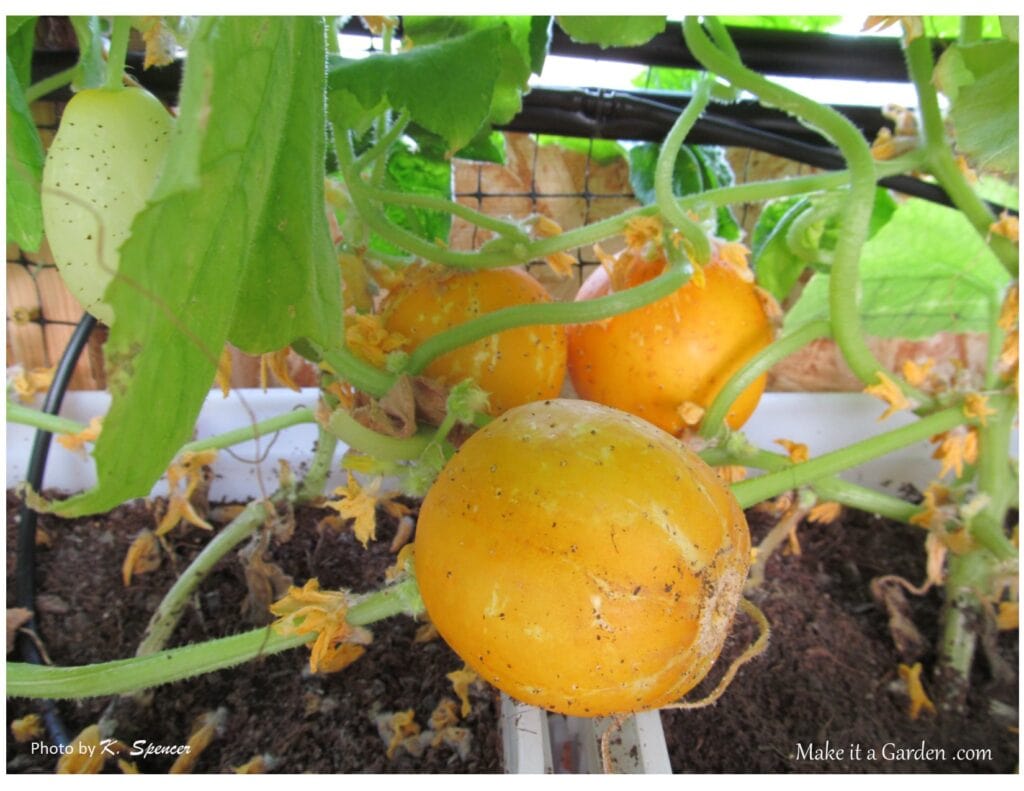
Aaron is quick to point out the freedom that comes with automation and drip irrigation systems. Like many Alaskan families, the Rudds like to camp and fish. Now, they don’t have to worry about the greenhouse or ask a neighbor to water while they’re gone.
What about a power failure? No problem! Rudd installed an emergency back-up system so the plants will still have the fan and get their water and fertilizer. Now that’s someone who’s passionate about their greenhouse!
Fertilizing
Rudd is also ecstatic about his newest addition, a fertilizer injector. The unit automatically distributes a specified amount of fertilizer with each watering. While it’s completely adjustable, he generally runs it on low. At that setting, there’s a continual release of fertilizer in the water, but at very low ratios. EZ-Flow makes the one he uses.
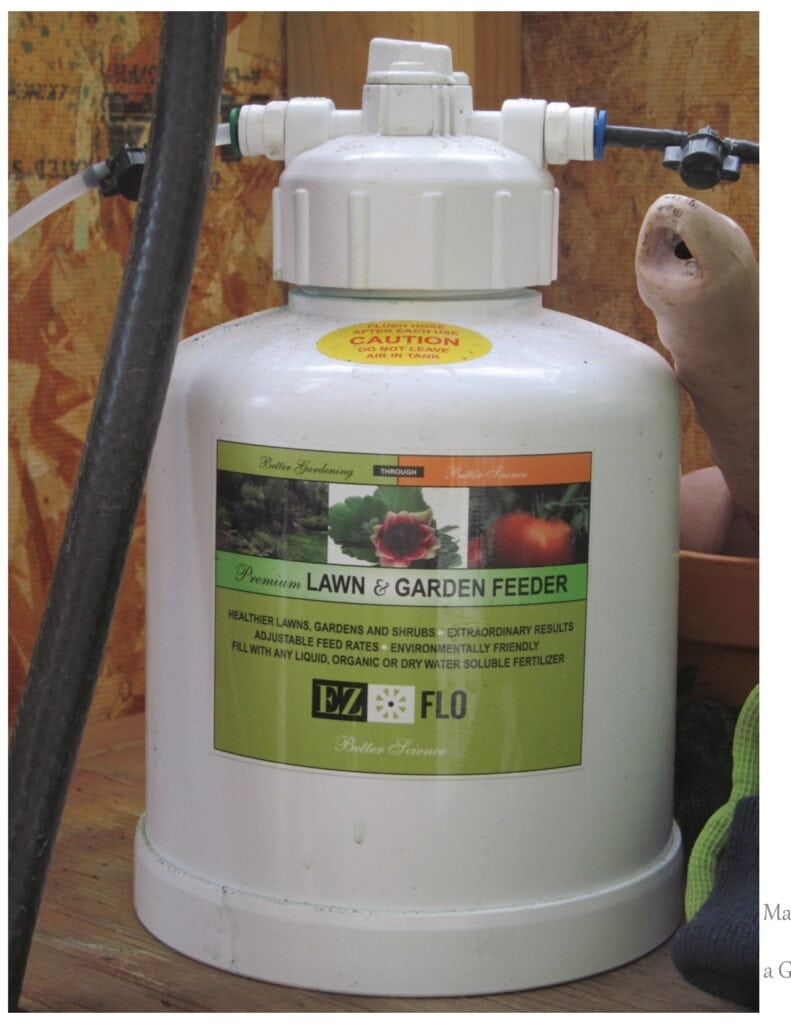
Rudd amends his soil to make it the best it can be. It’s a pro mix his mom recommends. But he also experiments with products he learned about through his research.
While there are naturally occurring minerals in his well water, it’s not enough to deliver results. He must add in minerals and other important nutrients to grow healthy, good tasting veggies. Iron is one of these key nutrients. “A plant gives off tell-tale signs when it doesn’t get what it needs”, Rudd explains. “For instance, when a plant’s leaves show uneven color and begin to look spotty, it’s probably an indication of a mineral deficiency.”
Fans and temperature control
At 80 degrees, the thermostat automatically kicks in to cool things down. The fan is small and doesn’t use that much electricity. Besides, it’s not running all time.
But Rudd doesn’t use his souped-up greenhouse for extending the season. There’s no heater in it. Alaska’s springs are still quite cold which makes heating neither practical nor cost-effective. Instead, Rudd starts all his plants from seed in the garage under a grow light. It’s just easier to take care of them that way, he says.
Apocalypse scorpion
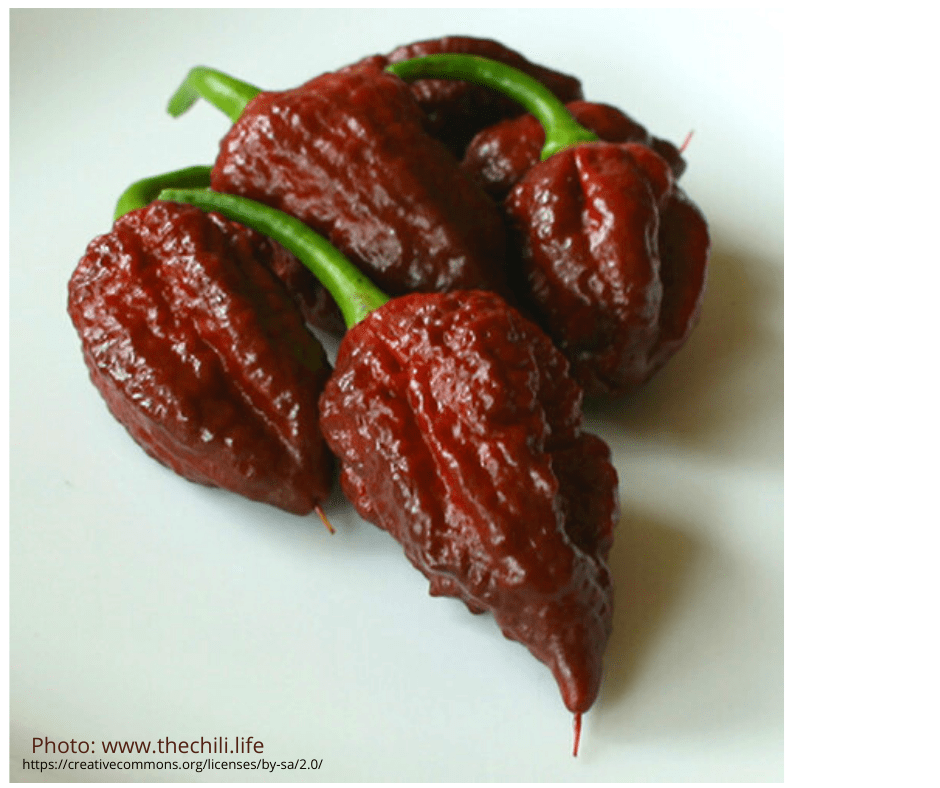
Last year, Rudd’s backyard greenhouse produced three separate harvests of tomatoes, cucumbers and peppers which he turned into a couple of gallons of salsa. He admits to having “a “thing” for peppers. And there are some extremely hot ones among all the varieties he grows. Ones with names like “Apocalypse Scorprion” which is just another way of saying this is really, really HOT!
“You don’t actually eat that kind”, he said. “I just grow a few of ’em for fun!”

When it comes to his peppers, Rudd is pretty particular. He pollinates all of them by hand using a paintbrush to ensure each variety remains intact thereby reducing the risk of cross-pollination.
Wrapping it up: some helpful take-aways
It used to be that fancy, drip irrigation and automatic systems were for the professional greenhouses and plant nurseries. Or the super-serious gardener. But over the years, they’ve become more accessible for the backyard hobbyist.
Now, whether you have a large or small greenhouse, hoop house or even straw bale gardens, there’s a drip irrigation system to fit all.
It’s not necessary to dig up the yard to run a waterline. There are inexpensive options you can hook right up to the hose faucet on the outside of your home. The only reason Aaron did, was so he could have warm water for his veggies, which is essential to some growers.
Other than that, the basic materials were more economic than he expected for rigging up a backyard greenhouse with drip irrigation. For example, tubing for his 12×16 greenhouse was only about $100.00. (prices at the time of this writing). You’ll find most of the materials at your local hardware store.
Like everything, there are entry-level and pro setups, so you can choose what suits your needs as well as your budget.

Local resources
In addition to on-line research, Aaron highly recommends talking with local experts. Businesses that deal in garden supplies or your resident nurseryman love to help their customers. So, they’re more than happy to provide tips and advice specific to gardening in your area.
Rudd himself, got a great deal of help from Wasilla’s Mid-Valley Greenhouse. He even got some of his equipment through them.
A lot of Salsa
Last year, Rudds backyard greenhouse produced three separate harvests of tomatoes, cucumbers and peppers which he turned into several gallons of salsa!
Fortunately, his family is fond of salsa and his father closely guards a secret recipe.

What started as a hobby and is now all heart. Rudd continues in the next generation to grow outstanding vegetables. You can’t miss the hint of family competition. If you’re thinking about going this route, he’s more than willing to share his experience, and help you set up your backyard greenhouse with drip irrigation.
Related gardening posts
How to Build an Inexpensive Hoop House
How to Shop for Perennials at the Garden Center
Easy-to-Grow Perennials for Zone 3
The form you have selected does not exist.
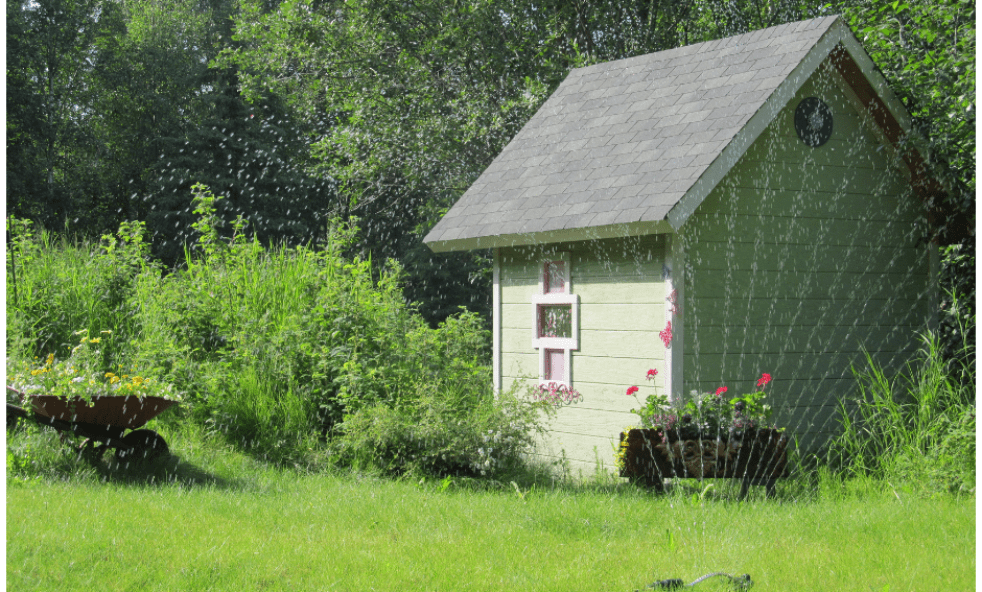
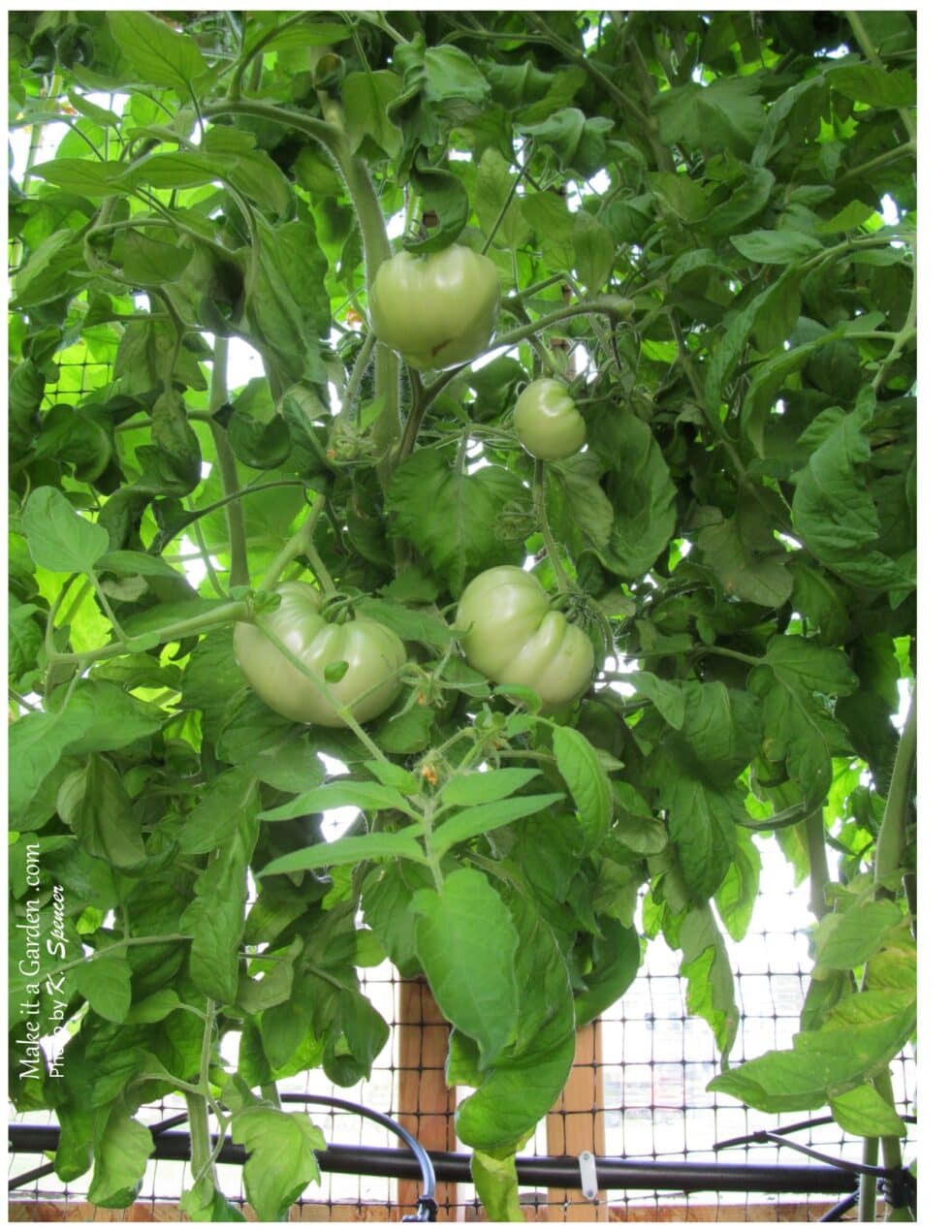
Very cool drip irrigation set up. Nice to know that it is not very expensive! I have heard of folks abandoning a greenhouse because it took tons of time to drag the hose and water the interior all the time. Thanks for sharing!
Thanks for your comment. Yes, you precisely picked up on our emphasis, which is to showcase what’s possible, so someone can continue to enjoy gardening by letting simple automatic systems take over the chore of watering. – Kristen MIAG Editor